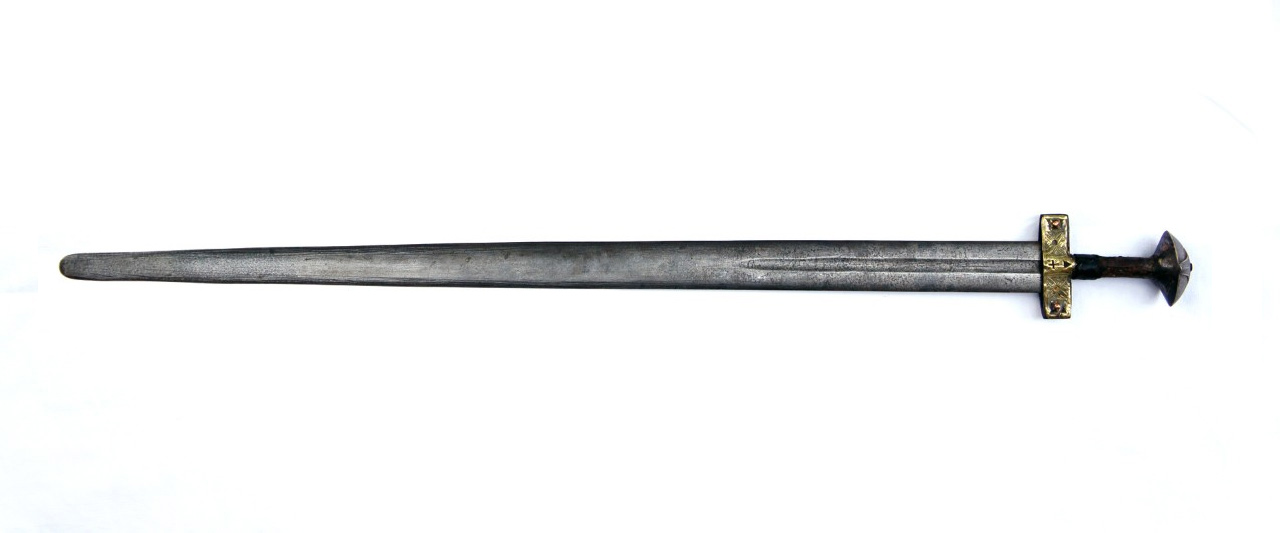
A Sword and its Place
October 8, 2023 African Arms
I have talked before about classification and shared some thoughts on when a desire to precisely label a sword to a particular tribe is perhaps not as important as many ethnographic collectors stress or feel necessary. But now I want to talk about the opposite. When a sword has a place.
Within antique arms and armour, certain geographical spheres of collecting have emerged.The term Indo Persian tends to be used to cover an enormous range of styles and types as does the label 'Arab'. Islamic is an even more overarching label, used to designate a dizzying array of weaponry which happened to be produced within the traditional regions of the so called Islamic world. That the decorative metalwork and fittings on many of these items, at least in an Arabian context, were in fact produced by craftsmen who were Jewish or other religious minorities is rarely mentioned.
For those who are slightly more concerned with precision, a mixture of ethnic and regional terminology is often used. Indian, Persian, Arab etc. General labels although each has many sub styles within. For better or for worse, these spheres have evolved in the lexicon of collectors and museums to be common place. Certain styles tend to be strongly, even immediately associated with a particular sphere. For example the shamshir, or the Turkish kilij are iconic silhouettes that most collectors will recognize and immediately pigeon hole mentally into a specific sphere.
For all the faults of these wide ranging and at times inaccurate terms, they do at least convey some sense of the interconnected world these weapons belonged to. There was a great fascination for writers and travelers in the 18th and 19th century with the exotic Turkish, Arab and eastern world and their trappings, this was particularly the case in the Victorian era and is readily evident in both fiction and non fiction from the time. Africa held an entirely different mystique, that of the dark continent, hidden, unknown.

The focus was on discovery, geography and the allure of the supposedly primitive societies living there. Very little connection was made between the material culture of Sahel kingdoms and their coastal Islamic counterparts. Certainly these areas were not viewed as part of the wider 'Islamic World' encompassing the Maghreb and Egypt.

A curious gap occurs then when examining African arms from these areas. Sudanese weaponry is occasionally recognized within its greater sphere of an outlier of Mamluk and Ottoman Egypt due to the popular demand for information on the opponents the British faced in their Sudanese campaigns, but the western Sahel, Bornu, the Hausa states, the Sokoto Caliphate, Songhai to name just a few, are little known simply as names, not to mention their weaponry.

The takouba has never had the recognition it deserves as having a rightful place in the panoply of so called 'Islamic' arms. Its rich Berber heritage and the ancient connections with Mamluk Egypt whiched helped to shape the military aspects of the cultures that used it, more than earn it a place along side the other iconic swords of the Islamic world. For centuries the takouba remained a window into medieval sword design among the Berber and Arab world, preserved in Africa. This remains one of my main motivators for continued takouba research, collectors deserve to understand the position of this sword and the takouba deserves to ascend to its rightful place within Islamic arms.